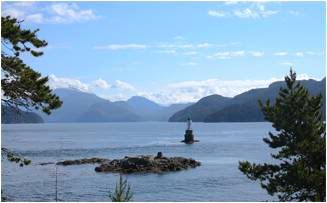
In July 1792, Captain George Vancouver wound his way northward through the Discovery Passage, where he made the following entry in his logbook on the 15th and 16th of that month.
winds being too light and variable to command the ship against the influence of such rapid tides, we were under the necessity of waiting for the ebb in the afternoon of the following day, when with pleasant weather and a fresh breeze of NW, we weighed about three o’clock turned through the narrows [Seymour Narrows] and having gained about 3 leagues by the time it was nearly dark, we anchored on the western shore in a small on a bottom of sand and mud in 30 fathoms of water to wait the favourable return of the tide. On July 16, 1792 with the assistance of a fresh SW wind and the stream of ebb, we shortly reached Johnstone Straits, passing a point which after our little consort [the HMS Chatham which accompanied the HMS Discovery on Vancouver’s 1791-1795 expedition] I named Point Chatham, situated in Latitude 50 degrees 19 1/2 ‘, Longitude 234 degrees 45’. This point is rendered conspicuous by the confluence of three channels, two of which take their respective direction to the westward and south-eastward towards the ocean, as also by a small bay on each side of it; by three rocky islets close to it; by three rocket islets close to the south of it and by some rocks, over which the sea breaks to the north of it.
And so was this stunning corner of the world described.
A light was first erected at Chatham Point in 1908, to mark the point where the Discovery Passage makes a sharp turn to meet the Johnstone Strait. It was a white steel cylindrical tank on a concrete base surmounted by a white steel pyramidal framework. Built offshore on a rock that stands about five feet above the water, the white flashing light was exhibited twenty-six feet above the sea. The current structure is marked with a green band across the top.
In 1957 a diaphone fog horn operated by air compressed by oil engines was placed on a bluff at the point. Along with the fog signal building, two one-story keeper’s dwellings, and a boathouse were built to complete the light station. Oscar Edwards, who had a long career in the BC light service, became the first keeper when he was transferred from Chrome Island Light Station on February 26, 1957.
The station is still staffed, and the keepers’ work, which includes maintaining the station and collecting marine and weather data is critical to local air and marine traffic.
Photo Text & Copyright www.Lighthousefriends.com



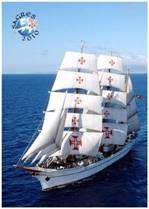





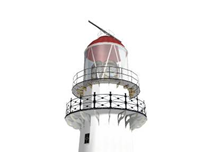













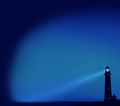


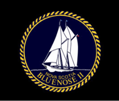

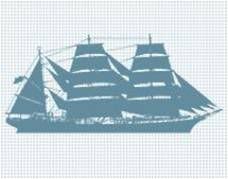
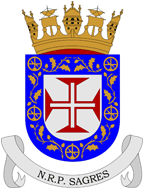

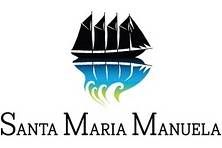
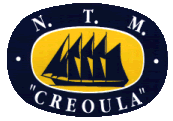

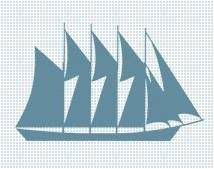



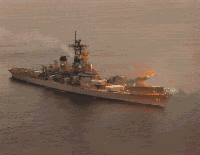


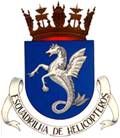
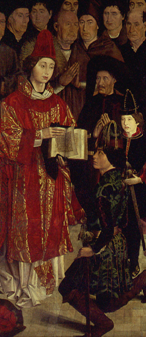
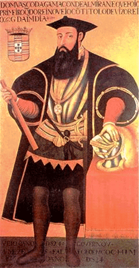
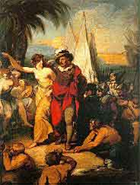






























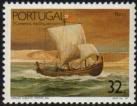
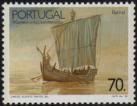





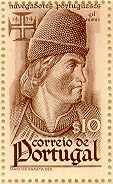



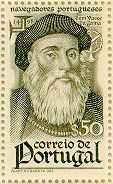

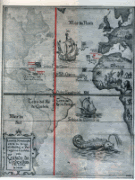
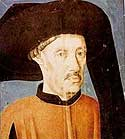
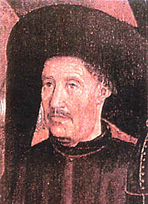

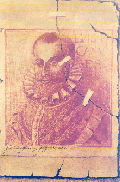
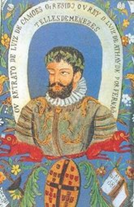
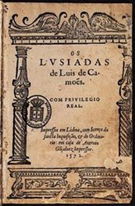
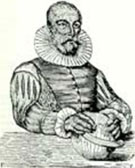

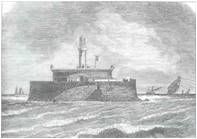




































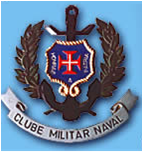






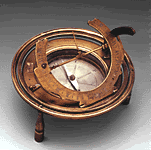
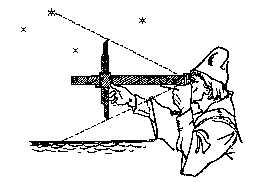










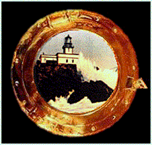


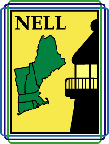





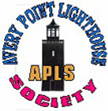



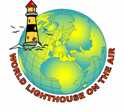
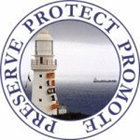
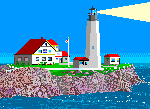




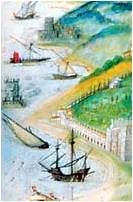

Sem comentários:
Enviar um comentário